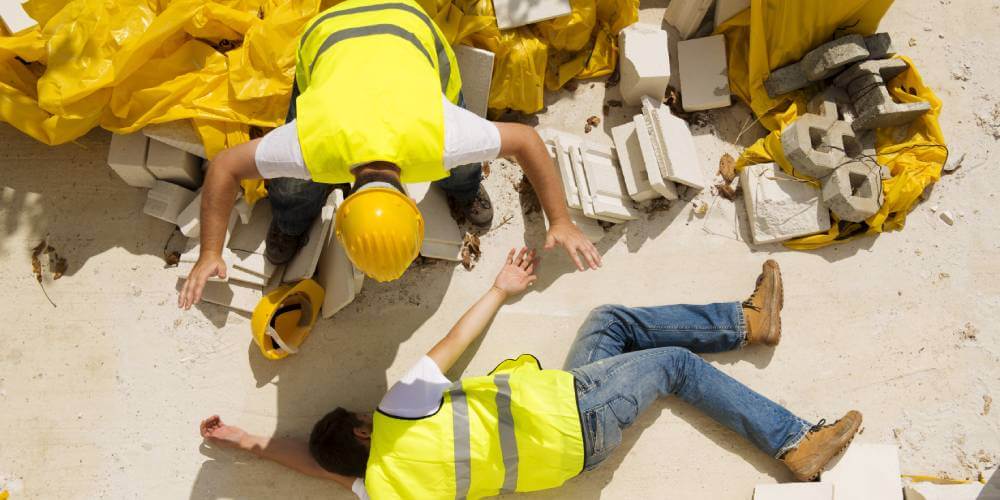Construction work in Illinois has certain unavoidable dangers that workers and companies do their best to mitigate. One underreported risk that construction workers face is when they are trenching and excavating. Construction accidents involving a trench collapse can leave workers in serious danger of injury and even death. It is important to know how the safety procedures were supposed to have been implemented.
The Occupational Safety and Health Administration (OSHA) has discussed the dangers of trenching and excavating and detailed the safety requirements for them. With a trench, excavation is narrow and underground. It has more depth than width and will be, at a maximum, 15 feet wide. With trenches, there is a danger of cave-ins. Other risks include falling, a load dropping into the trench, hazardous circumstances, and problems with equipment. On an annual basis, dozens of people die and hundreds are injured in a trench collapse.
To protect those working in and on trenches, it is advised that there be sloping, shoring and shielding. Sloping means having an angle in the opposite direction of the excavation. Shoring is meant to avoid soil moving or there being cave-ins with aluminum hydraulic equipment. Shielding means there will be a trench box to avoid a cave-in. There are many factors that go into creating an effective protective system for a trench. Prior to workers entering the trench, the OSHA requires that a competent person inspect it to determine if there are hazards. The person must be experienced and know how to recognize potential problems.
There must be safe access to a trench excavation with ramps, steps, ladders or some other method of exiting it. With trenching and excavation, the following are general rules to follow: keep heavy equipment away from the edge; have surcharge loads a minimum of two feet from the edges; have knowledge of the location of underground utilities; conduct tests for low oxygen, toxic gases, and hazardous fumes; conduct an inspection of the trenches before every shift and after rainstorms; and do not allow workers to work under raised loads.
While there are numerous procedures to keep workers safe with trenches, that does not mean that every construction operation will follow them. Sometimes even safety procedures fail and people are hurt or killed in a trench collapse. To be compensated after an Illinois construction site injury, speaking to a legal professional about a lawsuit is imperative.
Source: osha.gov, “OSHA Fact Sheet — Trenching and Excavation Safety,” accessed on March 15, 2016

